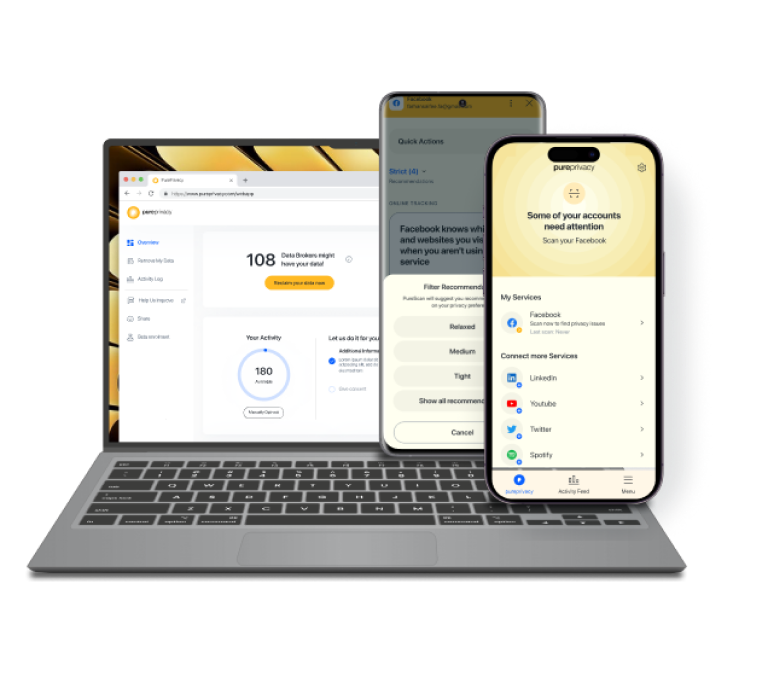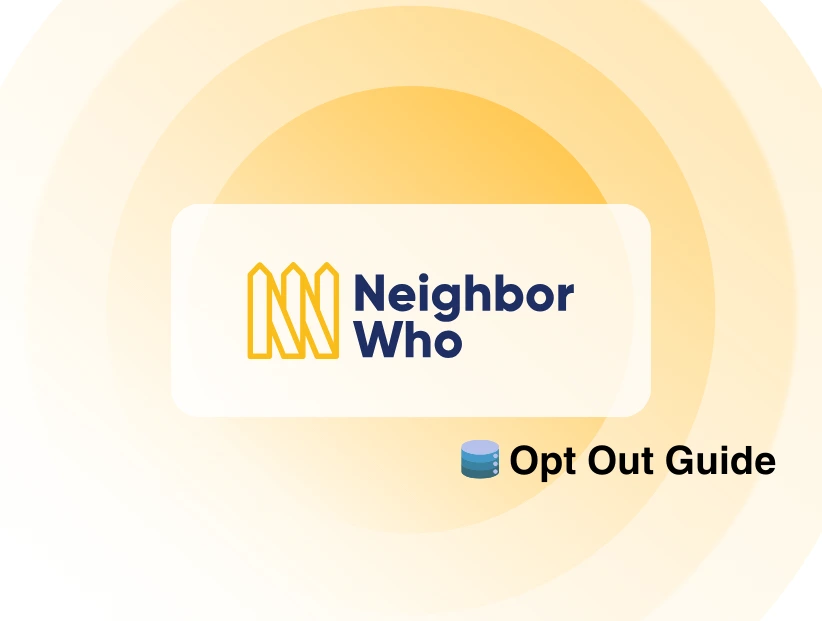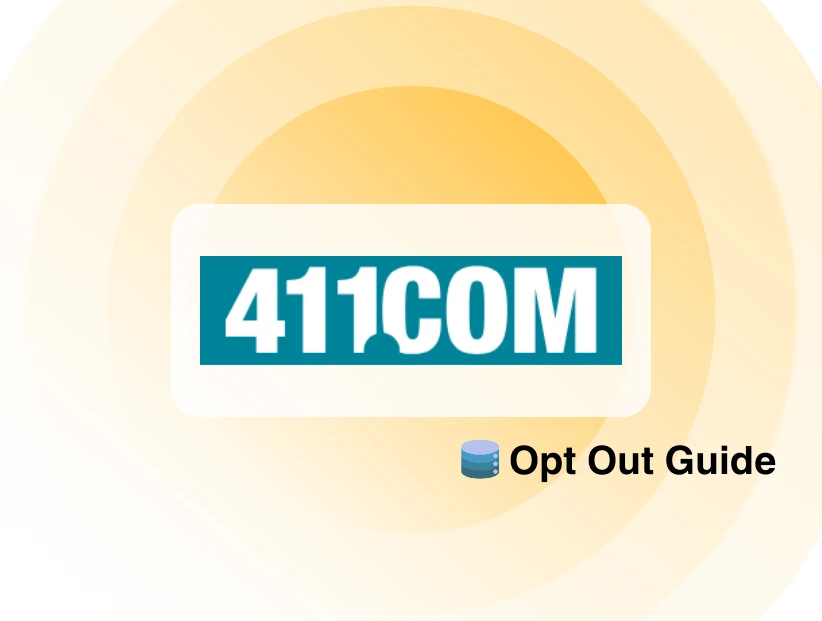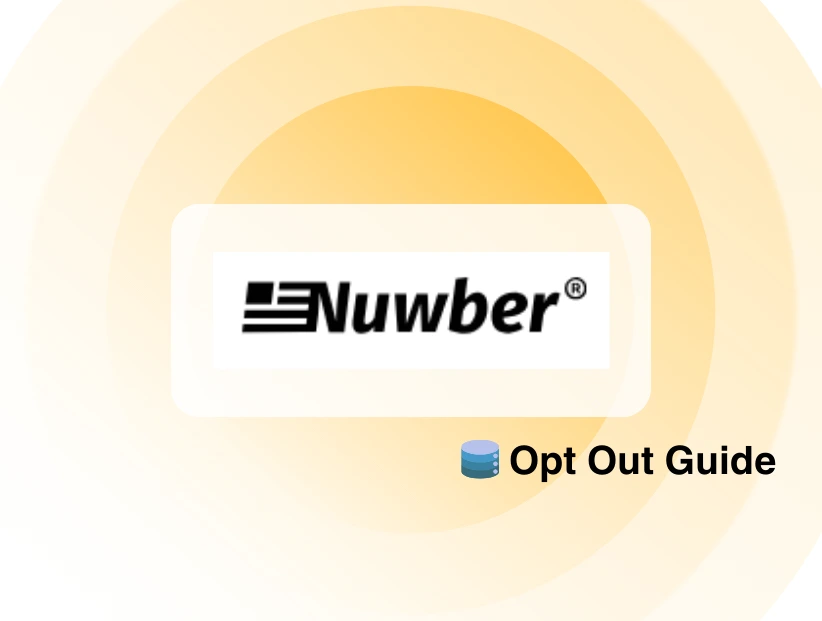Music playlists are your identities reflecting your mood, memories, and preferences. When switching music services, you might be worried about losing your favorite playlists. If you’re looking forward to transferring your playlists from Apple Music to Spotify, you’re covered here. This guide provides you with a detailed process, tips, and tricks about transferring playlists from Apple Music to Spotify without losing them.
2 Tried and Tested Ways to Transfer Playlists from Apple Music to Spotify
Since Apple Music doesn’t have this feature built-in, you can transfer through modern tools and techniques like the use of third-party tools. Let’s explore the possible ways of transferring playlists:
- Using Third-Party Tools
Third-party services simplify the process of transfer by scanning the metadata of your Apple Music playlists and matching it with Spotify’s music database. Popular options include:
TuneMyMusic
A web tool that optimizes the process of transferring playlists.
SongShift
An app that directly transfers playlists between different music services, exclusively for iOS users.
Soundiiz
A multi-functional tool used to transfer music from one platform to another including Spotify and Apple Music.
Note: Be careful while using third-party platforms, as they might gather and share your data without your consent.
How to Use Third-Party Tools to Transfer Your Playlist?
- Connect Apple Music and Spotify to any of the above-mentioned tools.
- Select the playlist you want to transfer.
- Confirm the transfer and let the tool process it.
2. Manually Rebuilding Playlists
Some people prefer a hands-on approach. They can search for each song and create a similar playlist on Spotify. Ensuring accuracy, this method is time-consuming for larger playlists.
3 Common Issues Faced While Transferring Your Playlists
You can transfer your playlists conveniently, but this process might have some limitations:
- Tracks Missed
A few songs might not be available on both platforms due to some licensing differences.
- Size of the Playlist
Some tools transfer a limited number of tracks or playlists for free.
- Metadata Problem
At times, mismatching of metadata of some tracks causes errors in transferring the playlists.
Why Do People Switch from Apple Music to Spotify?
Are you confused between two of the best streaming platforms? Both of the platforms have their unique extensive libraries, distinctive features, and customized listening experiences. However, Spotify is the best alternative to Apple Music. Let’s discover the key advantages of using Spotify over Apple Music:
- Cross-Platform Compatibility
Since Apple Music is only compatible with Apple devices, Spotify has an outstanding feature of having compatibility across all devices including iOS, Windows, macOS, smart TVs, gaming consoles, and smart speakers.
- Playlist Sharing and Collaboration
Connecting and sharing music with your friends is much easier with Spotify due to its standout social feature. You can share your tracks, playlists, or albums easily with a link, whereas creating playlists with your friends and adding songs together is also possible.
- Customized User-Interface
Spotify’s interface is user-friendly compared to Apple Music offering customizable playlists and covers, navigation through categories like “Mood” and “Genres”, and providing default dark mode.
Can I Sync Playlists Between Apple Music and Spotify?
Users like to sync playlists among different music platforms like Apple Music and Spotify to keep their playlists intact ensuring a seamless listening experience without the hassle of managing them manually. Since both apps lack this feature natively, third-party tools are used for this purpose. Here’s how:
- Choose an app like “TuneMyMusic”, “Soundiiz”, or “SongShift” for syncing.
- Log in to both the account i.e. Apple Music and Spotify for syncing.
- Select the playlists you want to sync.
- Enable automatic sync for ongoing updates. (premium subscription required)
Review synced playlists for accuracy. Some of the songs might not be available due to licensing. Free plans often limit the number of tracks and playlists to be synced. okers so you can quickly find out how they use your information.
Frequently Asked Questions (FAQs)
-
Are there free tools to transfer playlists?

Yes, tools like TuneMyMusic and Soundiiz offer free plans but limit the number of tracks and playlists to be transferred. Paid versions offer unlimited transfers and additional features.
-
Can I transfer my favorite songs along with playlists?

Some tools allow the transfer of liked songs in addition to playlists. But, you need to create new playlists for these songs on Spotify.
-
Will the order of my songs in my playlist be preserved?

Yes, most of the third-party apps preserve the order of your playlists while transferring.
-
Can I send an Apple Music playlist to someone on Spotify?

No, you can’t send the playlist directly. You can take the help of third-party tools like TuneMyMusic or Soundiiz to share playlists between different platforms.
Wrap Up
Transferring playlists from Apple Music to Spotify is easier than thought of through third-party tools or apps. Switching platforms due to features, price, or for exploring something new, don’t leave your music behind. Following this guide will ensure a smooth transition to continue enjoying your favorite music without interruption. Happy listening!





